Over the last 90 years, the British Government has published a series of papers telling the construction industry it is risk-averse, tech shy and laggard when it comes to modern methods of construction. Each of these papers has become increasingly desperate, until the Farmer Review in 2016, which displayed the strap line of the front page “Modernise or Die”!
In 2011, they announced a whole raft of initiatives to digitalise the industry and in doing so, how we design, construct, operate and maintain our national infrastructure. The past 10 years have been an exercise of brilliant minds, over-promising technology and admittedly failure to make the impact that it should have. I have been on the journey from the beginning, helping to strategise and advise, whilst learning along the way. The lack of complete buy-in from the industry is, in my opinion, due to poor communication of the value proposition and inability to talk the language of business.
So, when the UK Government published the “Global Britain in a Competitive Age” which was an integrated review of security, defence, development, and foreign policy, I noticed that its ambitions in these areas were aligned with the Digital transformation journey. This journey has caused me much grey hair and sleepless nights over the last decade.
Once again, I see the issues repeating themselves in short spending, postings and leadership cycles, which impeded our Construction industry quest.
The Integrated review was quickly followed by Defence in a Competitive Age, Digital Strategy for Defence and Human Augmentation – The Dawn of a New Paradigm!
Much of which read like a shopping list for expensive technologies and shiny toys.
To understand how a defence digital twin could work, we first need to understand some terminology and how it relates to defence.
Asset
Anything that has value to its organisation. So, in military terms, this could be anything, from an aircraft to a rifle, a vehicle, a radio, a building, a ship, a sandbag, or a person!
BIM
If someone were to ask me what BIM was, I would first clarify that they meant Building Information Modelling and that it was the worst acronym that could be chosen to describe what the activity is!
In basic terms, Information Modelling is the activity of collecting, managing and making available information that can be trusted and has value to the organisation that owns it.
In simple terms, imagine it like the internet….
If you want to know the answers to a question or how to do something, you fire off your smart speaker and ask it a question. It will then go off and look in many servers, databases, websites, and systems to find information relevant to your query and then present it back to you.
This should be the same for your information model, a simple query written in plain language should tell you how to design, build, operate or maintain whatever asset you own.
The most significant difference is that you will be able to trust everything you are presented with, and it will be relevant to you as a person and the role you fulfil!

Digital Twin
When we delivered Crossrail (well, most of it…) it was said that we delivered both a physical and a digital asset. The Digital asset or Twin is all the information we hold about the asset, just like the information model but with a few additions.
Firstly, the digital twin has a two-way link with the physical asset so that changes in conditions of the physical asset are automatically updated in the digital. And any adjustments to optimise the asset can be made by the digital to the physical.
Think of a building with a temperature control system. The sensors around the building record the temperatures into the digital twin and the digital twin acting on what will be the optimum temperature for those living in that building will then adjust through actuators the HVAC system accordingly.
Secondly, the digital twin will be aware of its direct impact and relationships with other digital twins around it.
Thinking back to that building, its digital twin will know when the most electricity or water is needed and can inform the utility company’s digital twin that these are peak times, so they can adjust their output accordingly. Or perhaps if the trains are delayed and most of the employees commute that way, the transport owners’ digital twin would inform the building’s digital twin and the heating or lighting could be switched on later.
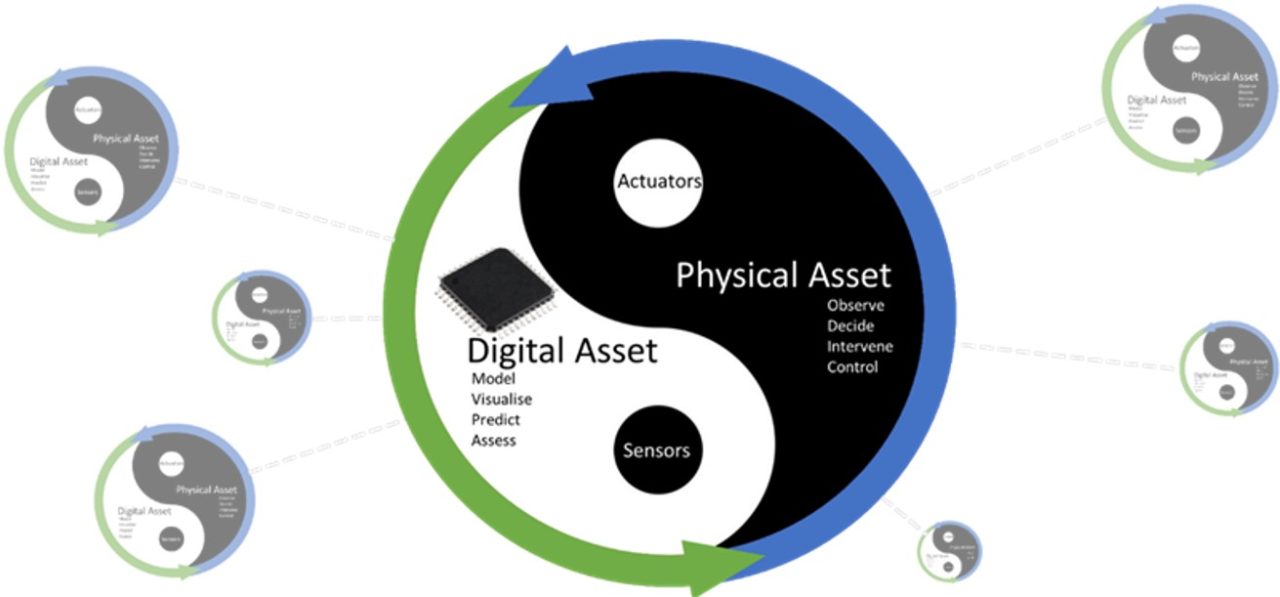
The National Digital Twin
When delivering a national strategy for future spending, resilience reaction, or business planning, it is seen to be very advantageous to be able to see a small part of all the digital twins affected by the strategy. See where there is a critical need, vulnerability, or spending priority. This is considered a national digital twin.
This is not a giant database of everything, but a simple, lightweight circuit board that each digital twin can be plugged into when required so that the bigger picture of impacts and relationships can be understood.
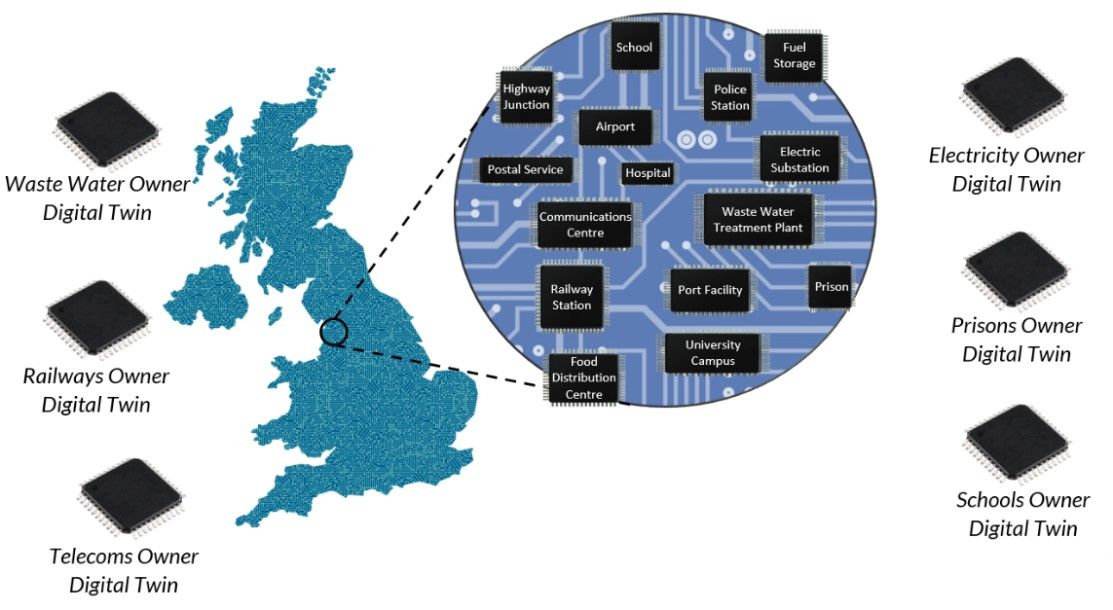
The Digital Twin in Defence
In defining a digital twin for defence, we must take the same thinking and define each of these things.
Our assets in defence come in many shapes and sizes, but they all come with a set of information somewhere on a system. These sets of information, whilst currently, in my opinion, not completely trustworthy or entirely valuable, form the basis of that asset’s digital twin.
This information will help to operate, maintain, plan for or procure any of these assets.
For the basis of illustration, imagine each of these digital twins as a chip.
Recommendation No1.
To ensure that all the systems are talking about the same asset, the UK Government adopted a classification system called Uniclass. This ensures when many organisations discuss a single thing, then there is no ambiguity.
The first recommendation is to ensure that there is a common defence classification system in place.
Recommendation No2.
The current set of information held against our defence assets is not trustworthy or often required by an end-user to carry out a task, meaning that this isn’t valuable. We would be wasting money and time on it.
The second recommendation is to understand what information is valuable to that end-user and use good standards to ensure that it is trustworthy and in a format that is easily usable by them. Each of these pieces of information, if existing needs to have which system they reside in identified.
The process of identifying these specific pieces of information is simple, but can be time-consuming and is documented here:
Information Requirements Definition in a Defence Digital Twin
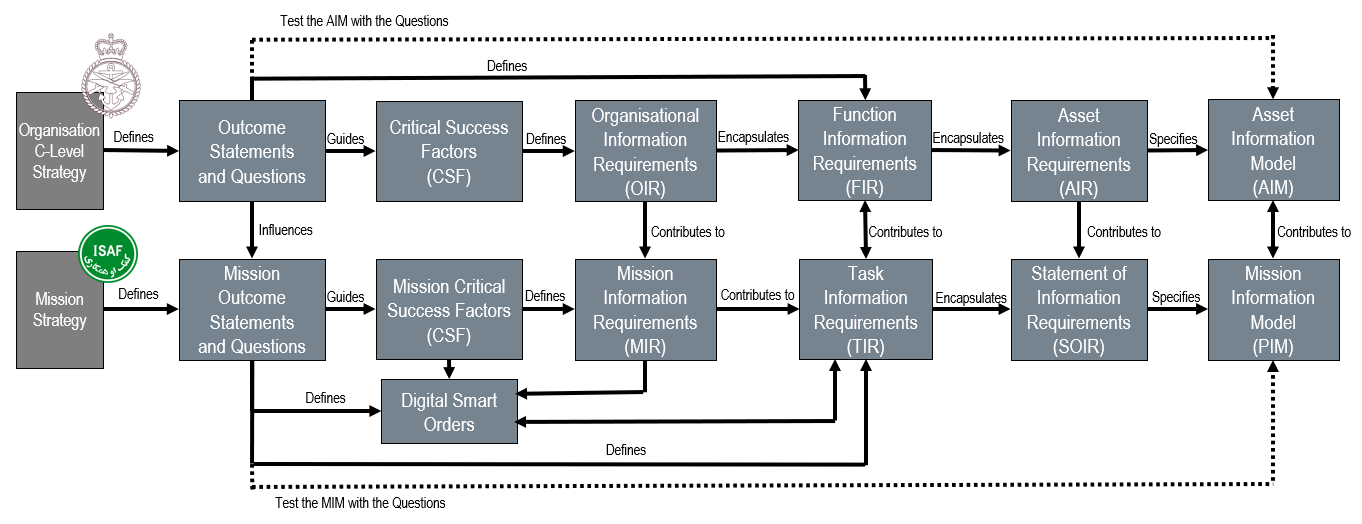
The methodology for defining and linking information at the organisational level down to the mission level has already been used in the infrastructure world. With a great by-product of being able to generate Digital Smart Orders from the outcomes and information requirements packages.
Question No1.
What is a Digital Smart Order?
Much time is wasted sifting through higher-level strategies, searching for information about how to deliver a mission. Days are spent re-writing orders, objectives and how we define a mission success when all this, plus all the relevant warning orders for all the supporting elements could be automatically generated and distributed to the relevant commanders.
Question No2.
Will I need to procure a brand-new system and put all the information into it?
No. This information can reside in its existing system and will only be accessed when required. This means the proposed Defence Digital Twin is more of a circuit board to which pieces of relevant, valuable and trustworthy information are exposed when they are needed for analysis.
Recommendation No3.
It is rare that our assets will ever be utilised in isolation, so a mapping exercise needs to be conducted that will define the interdependencies between them. So, when an asset is operated or maintained those other assets are impacted, whether they depend on the asset or the other way around. The methodology for this activity already exists in the 170 Royal Engineers’ Infrastructure Assessment team.
Question No3.
Are these interdependencies setin stone?
No, they will change as assets and tasks change, through either human intervention or machine learning.
Question No4.
Where are these stored, does this mean updating our existing systems?
No, these are not stored on the existing systems, but in the Defence Digital Twin circuit board application.
So now we have a set of trusted and valuable information about each asset, which is stored in the existing systems. And these are our “Chips”.
We also have a set of rules that when I utilise this chip for an activity, I also need these other interdependent chips to ensure that the activity is successfully carried out.
For example, I cannot look at a Rifle in isolation, it requires ammunition, secured storage, oil, a trained operator, a skilled maintainer etc. Each of these is an interdependent chip with a relationship to the Rifle.
The Defence Digital Twin is the circuit board, that can be populated with multiple chips. Either placed by a commander wanting to carry out a task or by the system when it sees an interdependency that is critical to the task.
It is a lightweight system, that stores little information and can be dismissed and re-created when a strategy, mission or task needs to be planned or conducted.
Imagine being in the battle group headquarters and being briefed that this is the Brigadier’s intention, and you need to find out if it’s possible. The time taken to write and present the idea, then the time taken for each element to investigate if and how it can be done, and then each element briefing back again; how long does that take? How much wasted time is there because the information isn’t available, can’t be trusted or can’t be found?
What if the battle group commander, could simply ask a question to Siri? “I have to move 1SG BG from grid 1234 to grid 4567, crossing the river at X on this date. Is this possible?” Siri responds with a yes, automatically generating the knowns, unknowns, risks, warning orders, stores requests and holding them for when needed.
Speeding up operational tempo, removing mistakes from tired overstretched humans and making sure that the answer is factual rather than emotional. (how often do we get strung up for our overly optimistic “can do” response?)
Recommendation No4.
The creation of software that will provide the circuit board and the artificial intelligence that can:
- Extract out the trusted valuable information from the existing systems
- Understand the relationships between each chip
- Understand what chips are required for each task, mission, or objective
- Be able to generate warning orders, stores requests, personnel requirements etc for when the “go” button is pressed.
A plea to the procurement team
Put your chequebooks away, and stop buying shiny new software and kit. We learnt this lesson the hard way in the construction industry.
- Get the information right first, and understand what is valuable to the organisation, the mission, and the tasks that we need to support.
- Make sure that information is well managed, findable, trustworthy and valuable to the end-user.
- Identify where that information resides in the existing systems and ensure its accessibility.
- If the information that the end-user needs doesn’t exist, gather it and manage it.
- Get a more profound understanding of the relationships and interdependencies that ensure nothing is overlooked or missed.
- Build a list of tasks and missions, understanding which assets are needed and how they interact with the other assets in that task. Start at platoon level and build up.
- Define and procure the “circuit board” that will make all these pieces of information and assets work together.
- Define the types of questions that will be asked and ensure that artificial intelligence can deliver a coherent answer.
- Define and procure the “digital smart orders” software that takes all the analysis done on the circuit board and produces a list of the knowns, unknowns, risks, warning orders, stores requests and holding them for when required.
This is not a sexy activity, this isn’t an expensive activity. But it will deliver the results needed to speed up the operational tempo, reduce information misunderstandings, reduce mission and task risk and overall reduce the cost of delivering a mission.
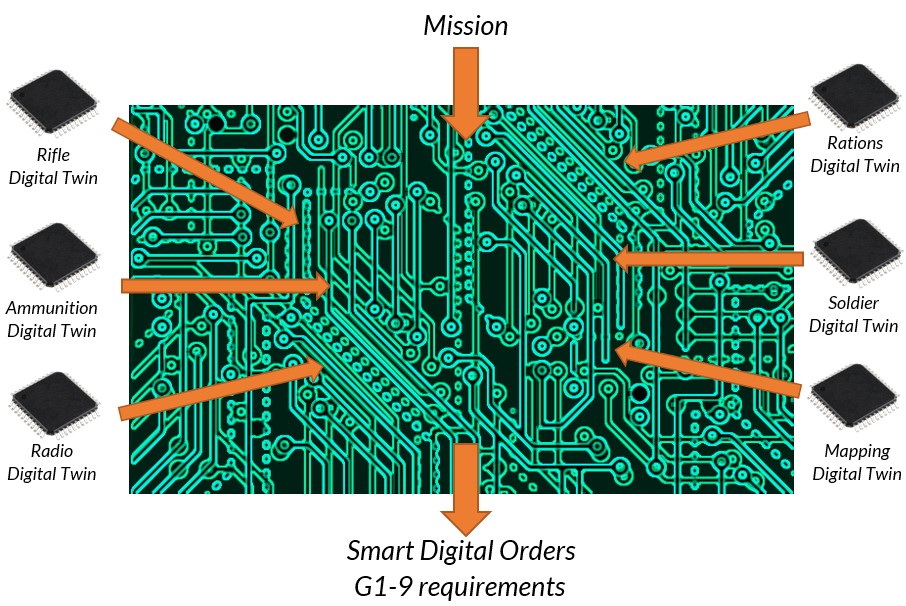
Read more (Affiliate Link)

Discover more from Think Defence
Subscribe to get the latest posts sent to your email.

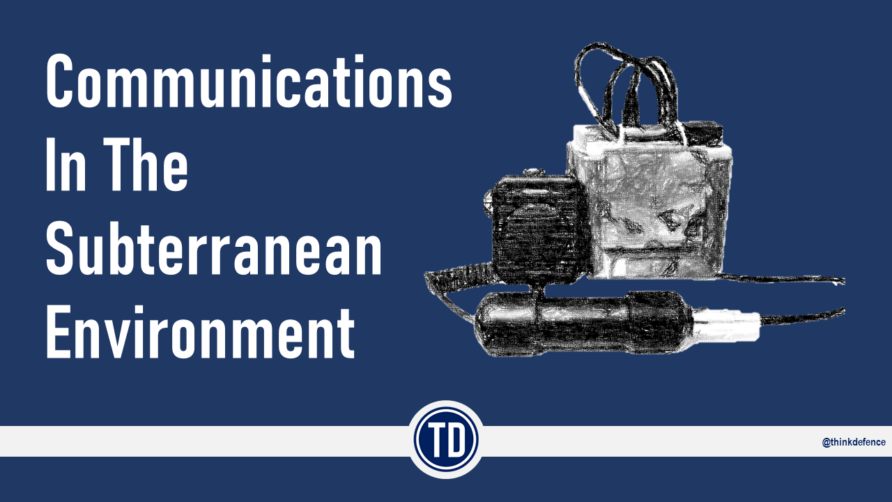
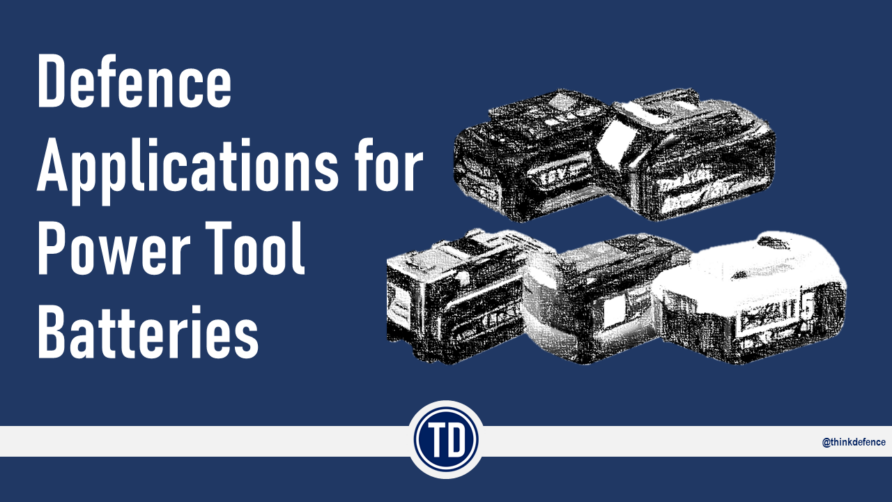
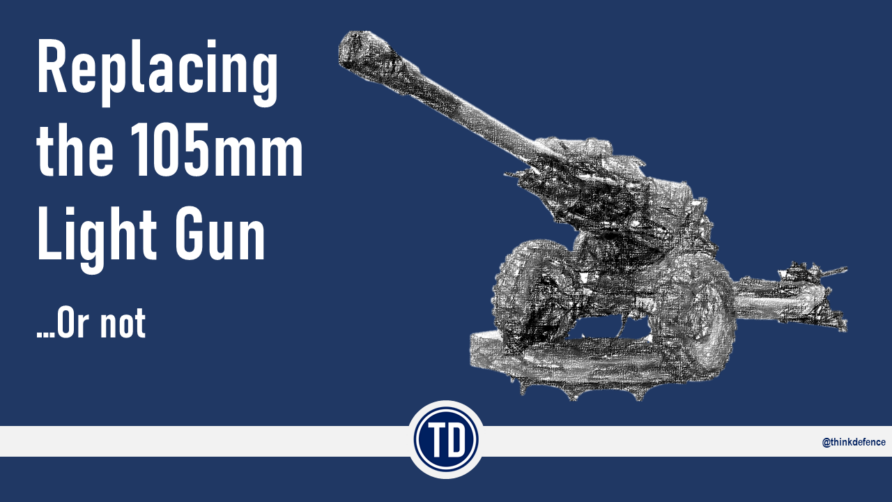
Rule #1 for secrecy: Don’t write it down.
In case rule#1 is being violated, you should at least understand that violating rule #2 is about the same as publishing.
Rule #2 of secrecy: Don’t save your secret in digital format.
Lowering the abstraction level a tiny bit, the ‘circuit boards’ that will need to be found will often turn out to be old systems, because revamping the entire scope would cost too much and take too long… as is being found out within ‘Morpheus’ though info about progress is coming out only in small and intermittent trickles
… as far as I can decipher the focus has been narrowed (but the budget not) to replace the BMS component with a tried and tested solution from a friendly state. And the comms components and HW providing the feeds will have to serve another decade. Until they will fall apart… and the budget be upped on the pretence of ‘enlarged scope’.